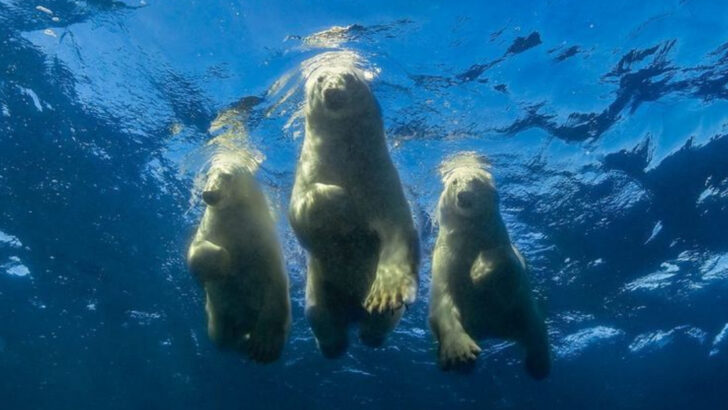Bears are not cuddly.
They’re power wrapped in fur, with teeth that crush bone and moods that swing like wrecking balls.
Sure, cartoons gave us picnic-basket thieves and hibernating goofballs—
but real bears are smarter, sneakier, and way more intense than most people realize.
They can solve problems, open coolers, and run faster than you… in a straight line or zigzag.
And while some of their talents are straight-up jaw-dropping—
a few cross the line into full-on nightmare fuel.
So if you think you know bears, get ready.
These 10 facts will wow you.
The other 3?
They might make you sleep with the tent zipped extra tight.
Polar Bears’ Transparent Fur

Did you know that polar bears have transparent fur? Their seemingly white appearance is the result of light being scattered through their hollow, colorless hair shafts. This adaptation helps them blend seamlessly into their icy habitat. In bright sunlight, these hairs can even appear to glow.
Beyond their fur, polar bears possess black skin underneath, which aids in absorbing heat from the sun. This unique combination of fur and skin color helps them to stay warm in one of the planet’s harshest environments.
It’s a wonderful example of nature’s ingenuity at work.
Grizzly Bears’ Heartbeats
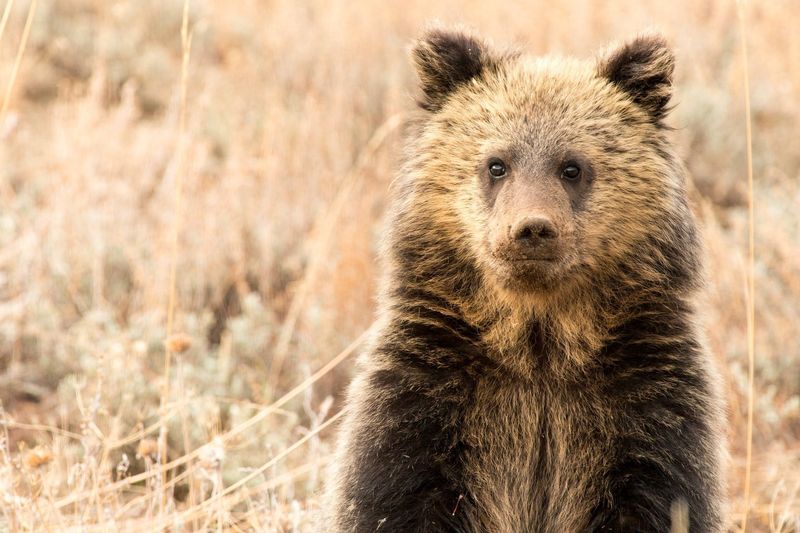
Imagine a heartbeat that slows to conserve energy. Grizzly bears achieve this during hibernation, with their heart rate dropping from a typical 40-50 beats per minute to as low as 8-10 beats per minute.
This dramatic slowdown allows them to survive long winters without eating. During this period, they do not urinate or defecate. Their bodies recycle waste into proteins, which is a remarkable biological feat.
This slow rhythm of life ensures that bears emerge in spring ready to forage, hunt, and roam their vast territories once again. It’s a natural marvel of survival.
Sun Bears’ Insanely Long Tongue

With a tongue that stretches up to 9 inches long, the sun bear is equipped for a sticky situation. This adaptation allows them to extract honey and insects from crevices in trees, making them efficient foragers in the dense rainforests of Southeast Asia.
Their elongated tongue is not just for show; it’s a vital tool for their survival. Along with their hooked claws, sun bears are well-equipped to access food sources that other animals cannot reach.
This unique anatomical trait makes the sun bear one of the more unusual members of the bear family.
Panda Bears’ Thumb Evolution

The giant panda has a pseudo-thumb, an evolutionary marvel that surprises many. This thumb-like structure is actually an extended wrist bone, allowing pandas to grasp bamboo stems efficiently.
This adaptation is essential for their bamboo-centric diet, comprising 99% of their food intake. Despite being classified as carnivores, pandas thrive as herbivores thanks to this unique trait.
The panda’s evolutionary journey is a testament to nature’s ability to find innovative solutions to dietary challenges, showcasing a delightful twist in the story of bear evolution.
Spectacled Bears’ Unique Markings
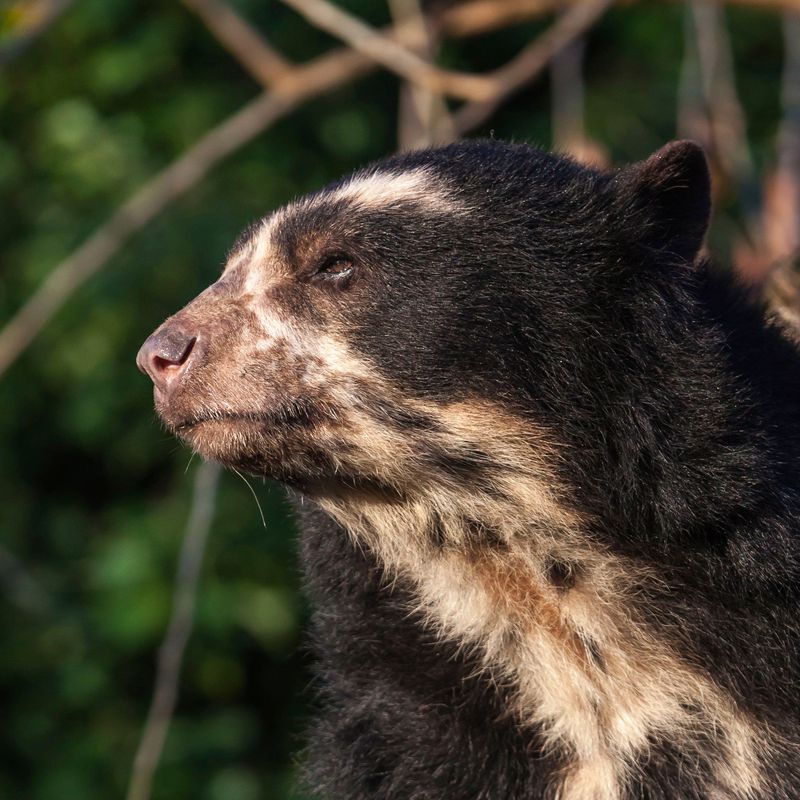
Known for the white markings around their eyes, spectacled bears have one of the most distinctive appearances among bears. These markings vary greatly between individuals, making each bear uniquely identifiable.
Native to the Andes, they are the only bear species in South America. Their diet is diverse, ranging from fruits and berries to small animals. Their adaptability to different food sources makes them successful in various habitats.
These bears are not just spectacles in name but in appearance, offering a glimpse into the diverse world of bear adaptations.
Black Bears’ Climbing Skills
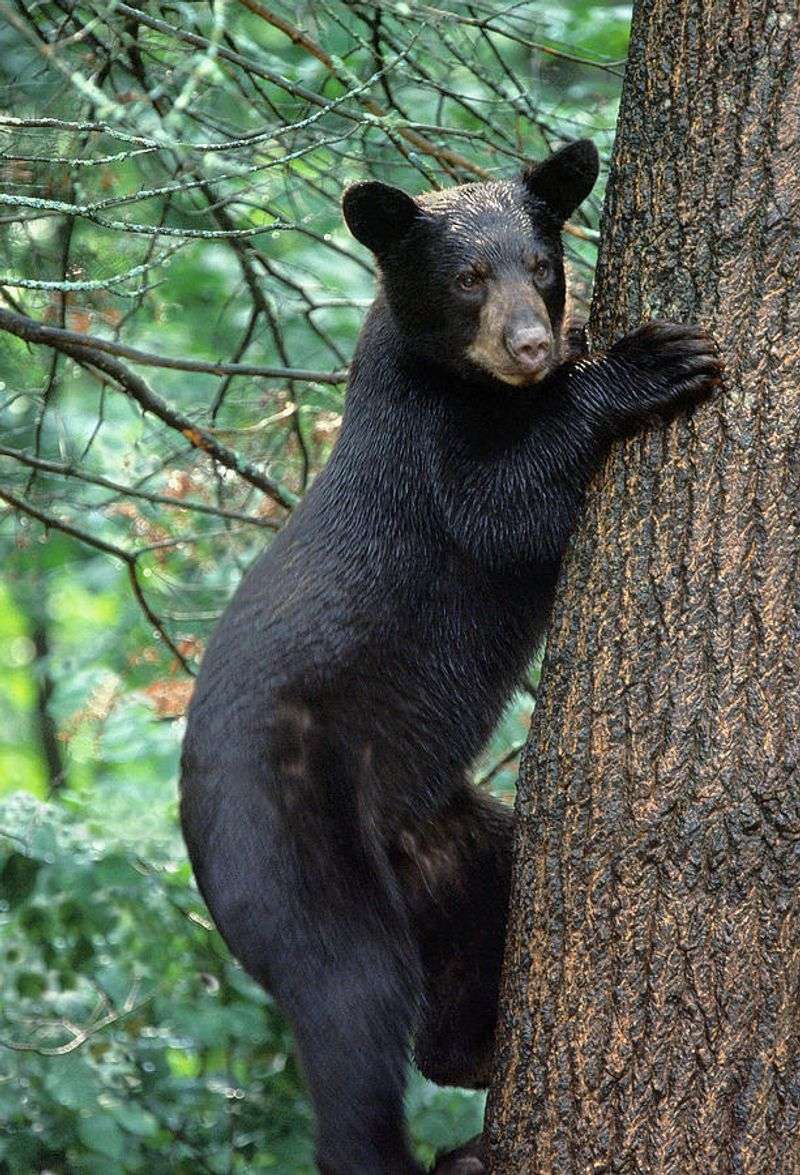
Black bears are exceptional climbers, a skill that sets them apart in the bear world. Their powerful limbs and sharp claws allow them to ascend trees with ease, whether to escape predators or find food.
These bears often seek refuge among the branches, especially mothers with cubs. The ability to climb is not only a survival strategy but also a means to access various food sources.
Their climbing prowess showcases the incredible adaptability of black bears, proving that these creatures are not just ground dwellers but masters of the forest canopy.
Brown Bears’ Fishing Techniques
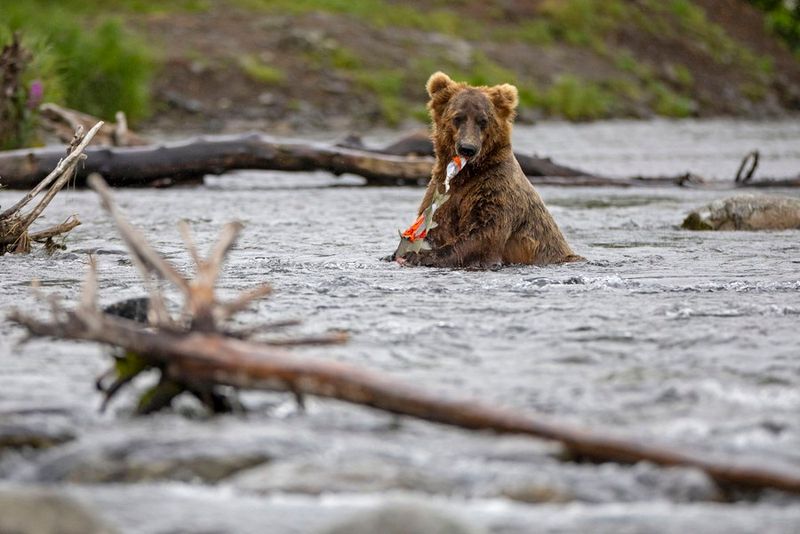
In the world of fishing, brown bears are true experts. They are often seen standing in rivers, waiting to catch salmon leaping upstream during spawning season. Their timing and patience are remarkable.
These bears have developed various techniques to catch fish, including diving and even stealing from other bears. Their fishing prowess is a crucial survival skill, providing essential nutrition before hibernation.
The sight of a brown bear fishing is a testament to their intelligence and adaptability, capturing the essence of wilderness survival.
Koala’s Bear Misnomer
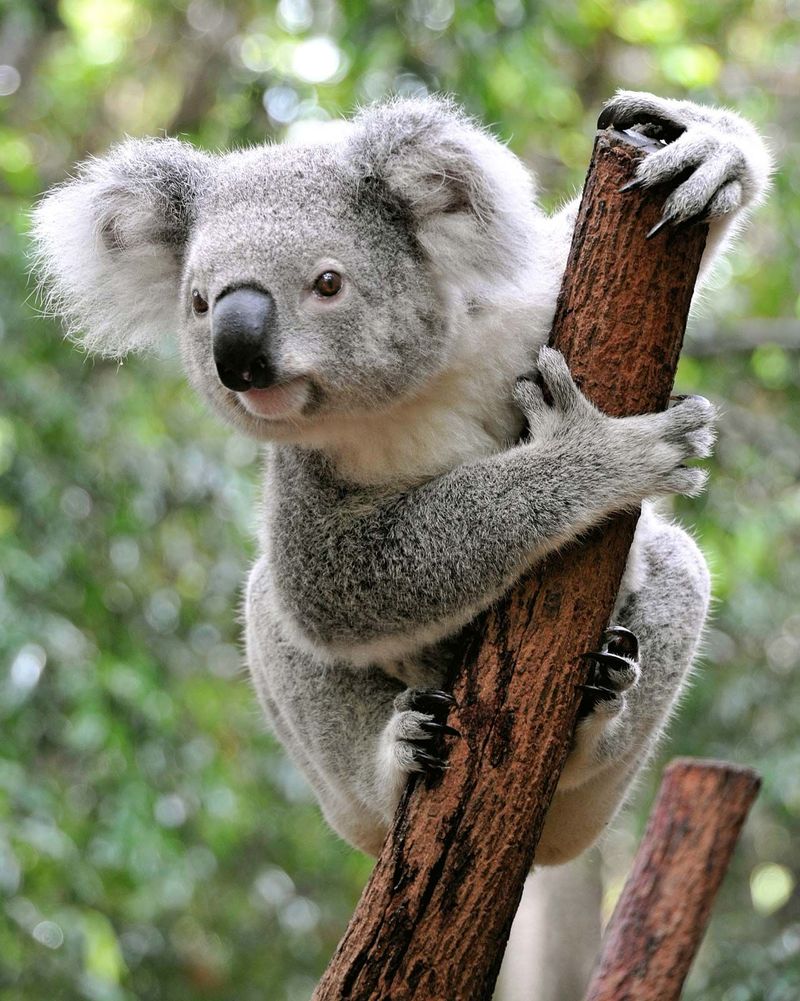
Though commonly called koala bears, these cuddly creatures are not bears at all. Koalas are marsupials, a fact that surprises many. They carry their young in a pouch, similar to kangaroos.
Living in eucalyptus forests, koalas have evolved to consume these leaves, which are toxic to most animals. Their specialized diet and slow lifestyle are adaptations to conserve energy.
The term “bear” in their name is a nod to their bear-like appearance, but in reality, koalas are a unique and iconic part of Australia’s wildlife, distinct from true bear species.
Polar Bears’ Swimming Endurance
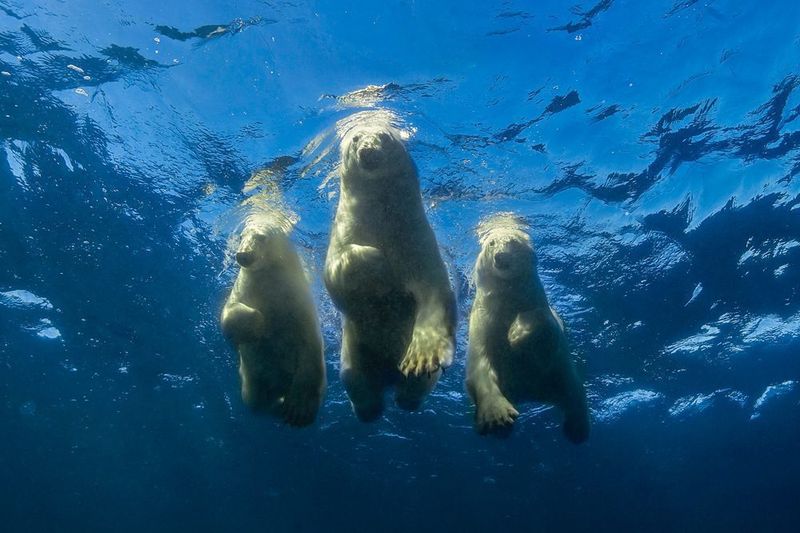
Polar bears are renowned for their swimming prowess, capable of covering up to 60 miles in a single day. Their large paws act like paddles, and a layer of fat insulates them from frigid waters.
Swimming is crucial for hunting seals, as they often traverse great distances between ice floes. This endurance is a vital survival trait in the Arctic’s ever-changing landscape.
The polar bear’s aquatic skills highlight its adaptability to a harsh, icy environment, where survival depends on both strength and stamina.
Bears’ Hibernation Myths
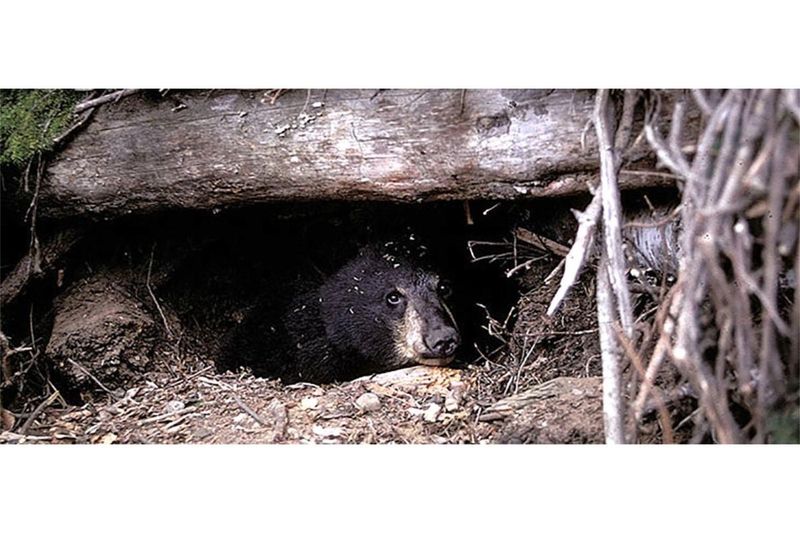
Hibernation isn’t as deep as many believe. Bears enter a state of torpor, where their body temperature drops slightly, and metabolism slows. They can wake easily if disturbed.
This lighter hibernation allows them to react to danger, unlike smaller hibernators that enter a deep sleep. During this time, bears rely on fat reserves accumulated during the active months.
Understanding this unique hibernation cycle reveals how bears balance energy conservation with the need for occasional alertness, a fascinating aspect of their survival strategy.
Moon Bears’ Chest Crescent
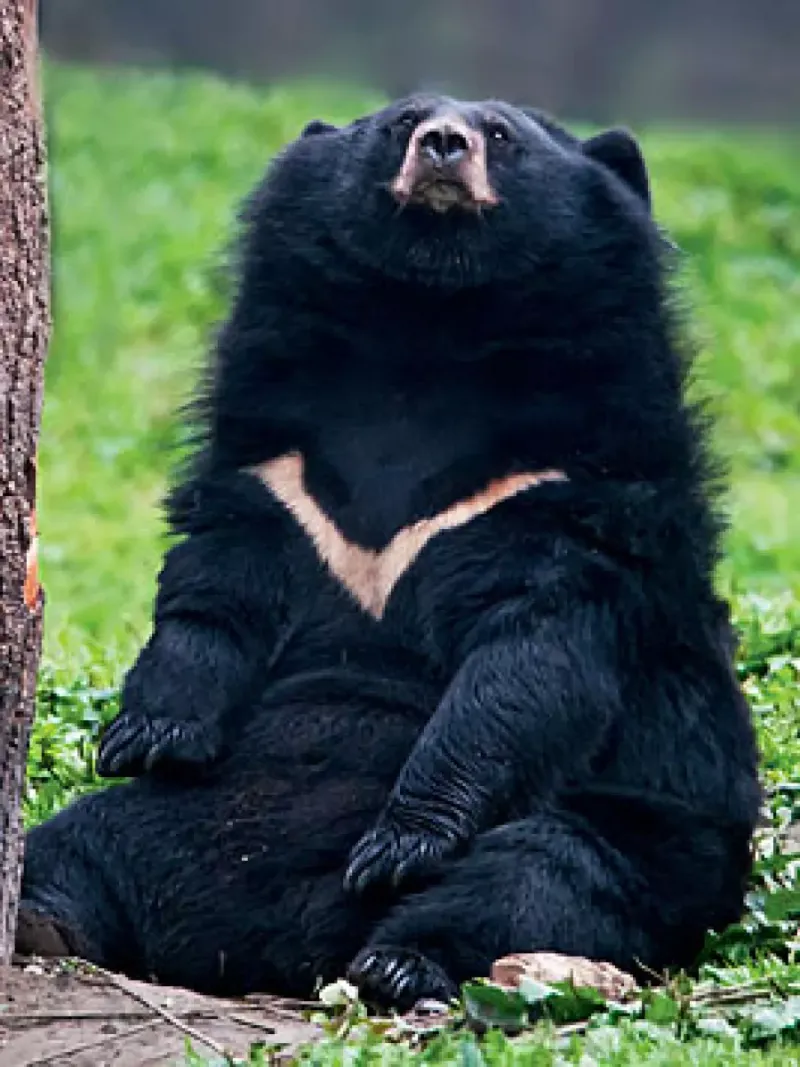
Moon bears, also known as Asiatic black bears, sport a striking crescent-shaped mark on their chests. This distinct feature gives them their mystical name.
These bears inhabit the forests of Asia and are known for their playful nature and intelligence. Their diet includes fruits, insects, and small mammals, showcasing their adaptability.
The moon bear’s unique markings and behaviors make them a fascinating study in ursine diversity, reflecting the rich tapestry of life in their native habitats.
Cuddly Bears’ Unbearable Popularity
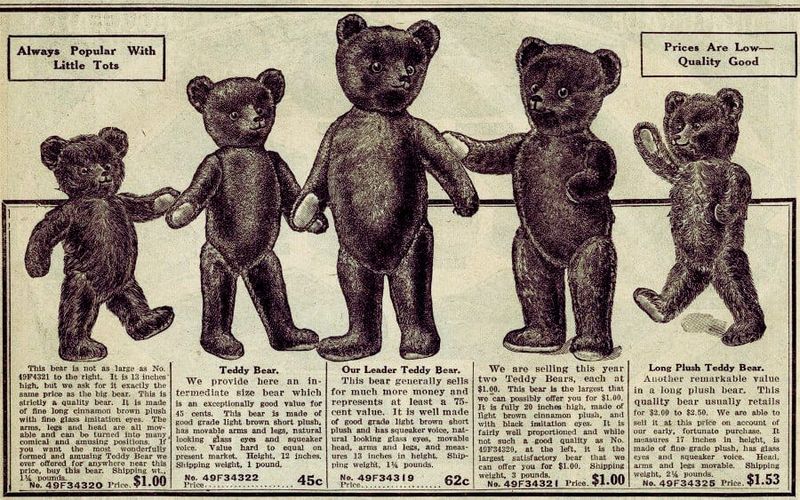
Teddy bears hold a special place in our hearts, transcending generations as beloved companions. The story of the teddy bear dates back to 1902, inspired by a hunting trip involving President Theodore Roosevelt.
These cuddly toys have become symbols of comfort and nostalgia, often associated with childhood memories. Their popularity is unparalleled, making them a staple in toy collections worldwide.
Beyond toys, teddy bears represent the softer side of bears, bridging the gap between nature’s giants and human affection, making them timeless icons of warmth and care.
Unbelievable Bear Myth
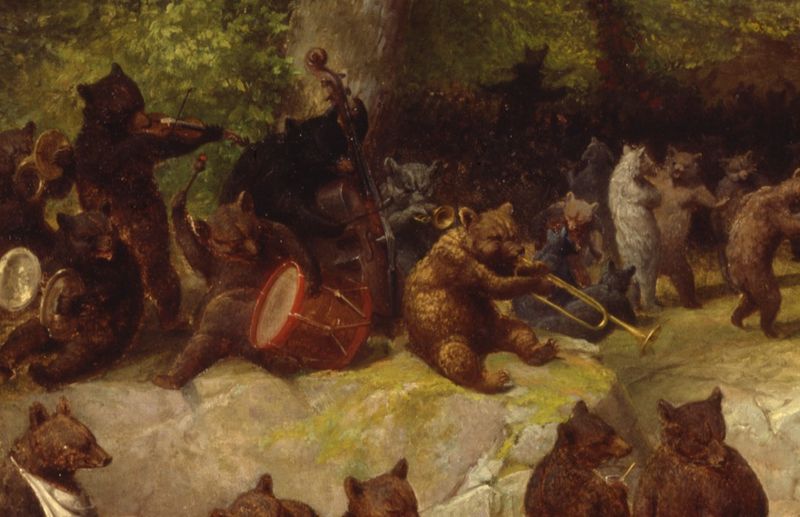
One outrageous myth is the dancing bear, often depicted in films and stories. The image of bears gracefully prancing in tutus might amuse, but it’s far from reality.
Historically, some bears were trained to “dance” through cruel methods, a practice condemned by animal rights groups. These myths perpetuate misconceptions about bear behavior.
Understanding the truth behind such tales emphasizes the importance of respecting wildlife and appreciating bears for their natural beauty and behaviors, free from fictional embellishments.

